This website uses cookies so that we can provide you with the best user experience possible. Cookie information is stored in your browser and performs functions such as recognising you when you return to our website and helping our team to understand which sections of the website you find most interesting and useful.
Our Blog

How Do Mobile Apps Communicate with IoT Devices in 2025?
Explore how mobile apps in 2025 connect with IoT devices through advanced technologies, tackling challenges and embracing future trends.

Why Some IoT Devices Outgrow Google Home and HomeKit
Mainstream IoT platforms struggle to meet advanced device needs, driving the demand for custom solutions in industries like healthcare and automation.

Should My IoT Product Have Its Own Mobile App?
Explore why a mobile app is essential for IoT products requiring real-time control, data visualization, and enhanced security features.

When Do IoT Devices Need a Custom Mobile App?
Custom mobile apps for IoT devices are vital for advanced control, data analysis, integration, and security in specialized scenarios.

From BLE to Wi-Fi: Your Mobile App Partner Needs Access to Your Hardware
Enhance your mobile app’s performance through direct access to BLE, Wi-Fi, and sensors for improved functionality and user experience.

Testing, Tuning, and Launching: Why a Local App Dev Partner Makes All the Difference
Partnering with local app developers ensures your app is expertly tuned for regional users, compliance, and market success.

Your Hardware Is Smart – Don’t Let a Bad App Ruin the Experience
Explore how poorly designed apps can hinder the performance of smart hardware, impacting user experience, security, and device potential.

Local Matters: Why Your Smart Device App Needs a Partner Who Can Test With Your Hardware
Explore why real-device testing is crucial for smart device apps, ensuring seamless hardware integration and enhancing user satisfaction.

Why Smart Product Manufacturers Shouldn’t Build Their Own Mobile Apps
Outsourcing mobile app development for smart products can reduce costs, accelerate time-to-market, and improve user experience, avoiding in-house pitfalls.













